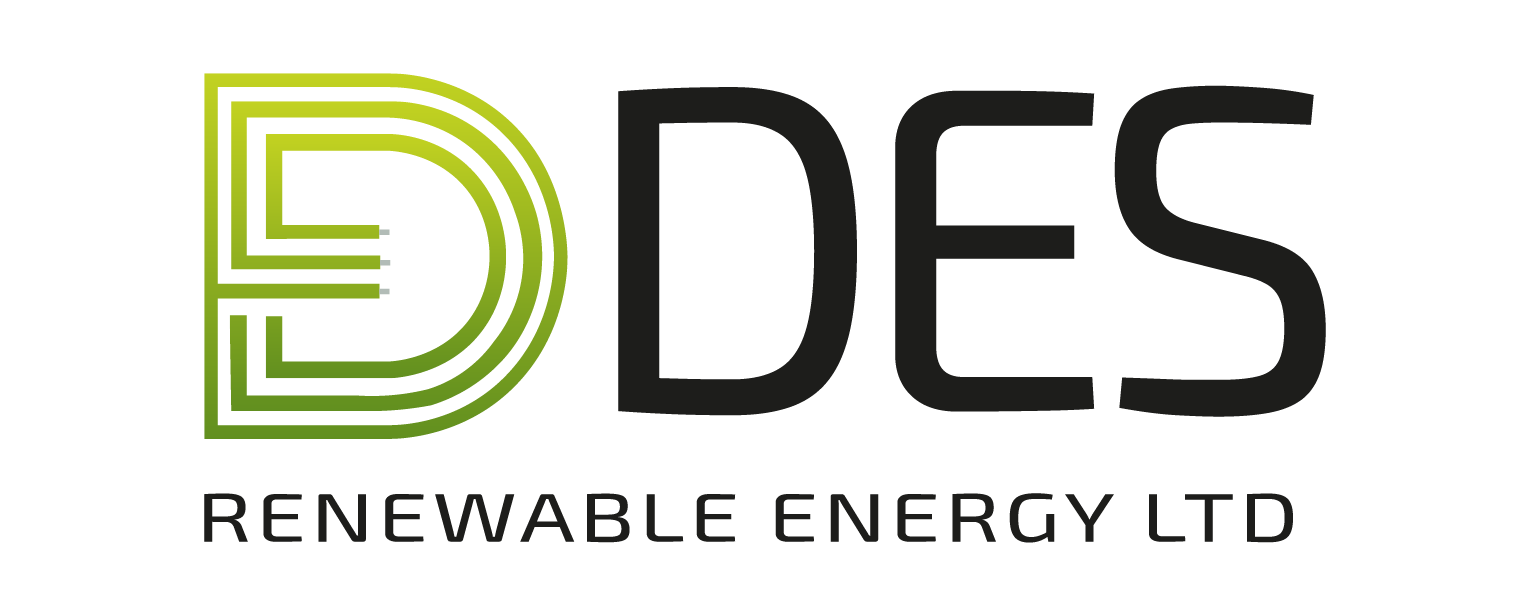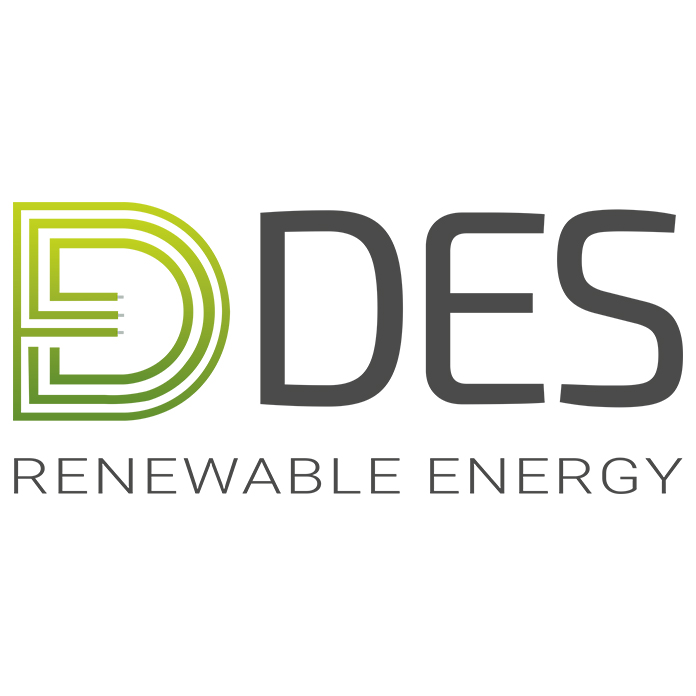how solar panels work
Solar panels have revolutionised the way we generate electricity, offering a clean and renewable energy solution. Understanding how solar panels work can shed light on their remarkable ability to harness the power of the sun. In this article, we will explore the inner workings of solar panels and the fascinating process that converts sunlight into usable electrical energy.
Solar Panel Structure
Solar panels consist of multiple photovoltaic (PV) cells, interconnected in a series and enclosed within a protective layer. These cells comprise various layers, including a top metal grid for electron collection, an anti-reflective coating to enhance light absorption, and silicon semiconductor layers.
Photovoltaic Effect
Solar panels employ the photovoltaic effect to convert sunlight into electricity. When sunlight hits the panels, the solar cells absorb the energy from photons, the particles of light.
Electron Movement
As the photons are absorbed, electrons within the solar cells are liberated and enter a high-energy state. These electrons are then propelled towards the negatively charged top layer of the cell, creating an electric field between the layers. This field acts as a one-way path, preventing the electrons from returning to the positive layer.
Electric Current Generation
The movement of electrons within the solar cell generates a flow of electric current. By connecting the top and bottom layers of the cell with metal contacts, we can complete an external circuit. This allows us to capture and utilise the generated current effectively. Typically, multiple solar cells are wired together to form a solar panel with a higher power output.
Direct Current (DC) Conversion
Solar panels produce direct current (DC) electricity, whereas most household and commercial systems operate on alternating current (AC). To convert the DC electricity into AC, an inverter is utilised. The inverter takes the DC electricity and converts it into the appropriate AC voltage and frequency required for powering appliances or feeding into the electrical grid.
Energy Usage and Storage
The converted AC electricity can power electrical devices immediately. Through a process called net metering excess electricity can be fed back into the electrical grid. Additionally, energy storage systems, such as batteries, can store surplus electricity for use during nighttime or cloudy periods when sunlight is not available.
System Monitoring & Maintenance
Solar panel systems often include monitoring devices that track performance and efficiency. These devices provide valuable information on energy generation, system health, and potential maintenance or repair requirements.
Conclusion regarding how solar panels work
Factors such as panel orientation, shading, temperature, and cell quality influence the efficiency of solar panels. However, advancements in technology continue to enhance the efficiency, durability, and cost-effectiveness of solar panels, making them an increasingly popular and viable renewable energy solution.
Harness the power of the sun with solar panels and contribute to a cleaner and more sustainable future.
If you want to delve deeper into the fascinating world of solar panels, feel free to contact us. Our team is here to provide you with expert advice, guidance, and answers to any questions you may have.
Want to know more about how how solar panels work?
If you’d like to find out more about how solar panels work, then contact us. We’ll be happy to give you more specialist advice and guidance and help you with any question you have. Furthermore, we can give you specialist advice and guidance with regards to issue and considerations related to solar panel installation.


